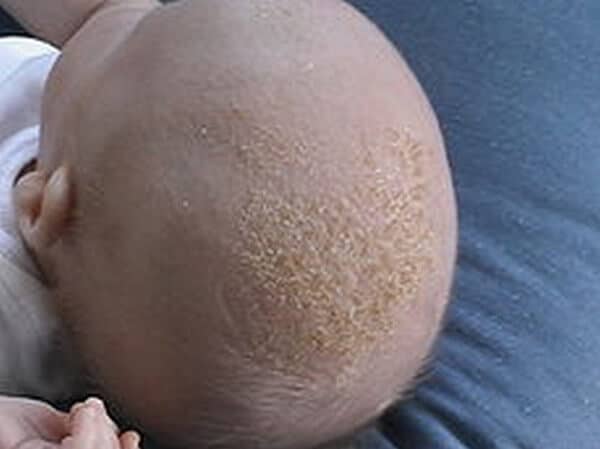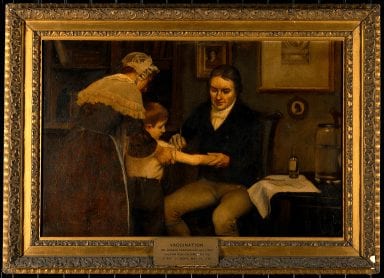Funtabulously Frivolous Friday Five 337
Just when you thought your brain could unwind on a Friday, you realise that it would rather be challenged with some good old fashioned medical trivia FFFF, introducing the Funtabulously Frivolous Friday Five 337
Question 1
What is a PAMORA?
Reveal the funtabulous answer
A Peripherally Acting Mu-Opiod Receptor Antagonist
A new class of drug to me, and at $300+ dollars for 30 tabs its not cheap. Used to counter the side effects of constipation particularly in cancer patients who require opiates.
Naloxegol is the prototypical drug that has been launched by AstraZeneca. It functions as a peripherally acting mu-opioid receptor antagonist in tissues such as the GI tract, thereby decreasing the constipating effects of opioids.
Naloxone is a cheaper option and can be used if your usual laxatives do not work. Give 2mg orally. Naloxone is not well absorbed from the GI tract and in these low doses will just affect the bowel. Rarely do you need to go over 4mg otherwise you risk precipitating opiate withdrawal.
Reference:
- Pergolizzi JV et al. The use of Peripheral mu-Opioid Receptor Antagonists (PAMORA) in the Management of Opioid-Induced Consultation: An Update on Their Efficacy and Safety. Drug Des Devel There. 2020;11(14):1009-1025
Question 2
What fungus is implicated in this disease?
Reveal the funtabulous answer
Malassezia furfur
We all know this as seborrheic dermatitis or cradle cap but what a great name for a fungal organism ‘furfur’. I just had to include it as a question.
The actual aetiology of seborrheic dermatitis is unknown, although a few studies have indicated that the fungal organism Pityrosporum ovale (Malassezia furfur) plays a role. In these studies, the fungus was cultured in the majority of the seborrhea patients, but in very few control patients. In one study, treatment with ketoconazole resulted clinical cure in two-thirds of infants treated.
However, these studies are controversial since M. furfur in other studies has been found to be part of the normal flora in healthy individuals. So it is likely cradle cap is just a natural reaction as our bodies get accustomed to this naturally occurring fungus.
Reference:
- Seborrheic dermatitis – Ready Children’s Hospital
- Vest BE, Krauland K. Malassezia Furfur. In: StatPearls. 2021
Question 3
What neglected tropical disease will these rubber boots potential prevent?
Reveal the funtabulous answer
Snake Bites.
Venomous snake bites are responsible for 138,000 deaths every year but also leave a further 2.7 million seriously injured.
Farm workers in South East Asia and India often have to go out at night to fix leaking water pipes. Lurking in the undergrowth is the master of ambush, the Russell’s viper. Workers are often going out bare foot and if disturbed or stepped on the Russell’s viper will naturally attack.
Despite it’s long fangs, gum boots prove a worthy adversary to the viper and in this case prevention is far better than the ad-hoc availability of anti-venom.
References
Question 4
How did Edward Jenner deliver the first vaccine?
Reveal the funtabulous answer
Via a cut.
The famous painting by Ernest Board shows Jenner successfully vaccinating an eight year old boy against small pox in 1796 via an incision.
It wasn’t until 1844 when Irish surgeon Francis Rynd invented what was arguably the world’s first hollow needle but his device required gravity to make liquid flow. Just under a decade later in 1853, Fife-born physician Alexander Wood added a plunger to an all glass syringe. His first patient was an 80-year old woman who suffered from shoulder pain. He injected her with 20 drops of vinous solution of morphia (morphine dissolved in sherry wine). She subsequently went into a deep sleep for 10 hours which by all accounts annoyed Wood but was later excited to discover her pain had gone.
In the same year French surgeon Charles Pravaz was using a silver syringe with a screw mechanism but was trialling his on sheep. The Royal College of Physicians of Edinburgh (RCPE) understandably give credit to Alexander Wood for being the first to invent the modern day syringe.
Reference:
- Brunton D. A question of priority: Alexander Wood, Charles Hunter and the hypodermic method. Proc R Coll Physicians Edinb 2000;30:349-351
- The invention that made mass vaccination possible – BCC
Question 5
What disease do this woman have?
Clues: Her feet have no swelling, in fact they are normal in appearance. The swelling is not pitting and she doesn’t have a tropical disease.
Reveal the funtabulous answer
Lipedema
Lipedema is characterized by increased enlargement of both legs due to deposits of fat beneath the skin. Exclusively found in woman and usually occur around times of hormonal change, such as puberty or menopause. Symptoms may include enlargement of the upper legs, arms, pain, and easy bruising. The cause of lipedema is unknown but genetics play a factor as another family member with the disease is the strongest risk factor.
Reference
…and Finally
If you have not yet checked out the latest Sixth Sense educational series on LITFL, they are both very worthy of your time
- Comms Lab: The path to highly effective communication skills with Hayden Richards
- Mindfulness and the Emergency Healthcare Professional with Andrew Dean

FFFF
Funtabulously Frivolous Friday Five
Dr Neil Long BMBS FACEM FRCEM FRCPC. Emergency Physician at Kelowna hospital, British Columbia. Loves the misery of alpine climbing and working in austere environments (namely tertiary trauma centres). Supporter of FOAMed, lifelong education and trying to find that elusive peak performance.







Fabulous for sure. I can’t tell you how glad I am these are back. I so enjoy these FFFF’s!!